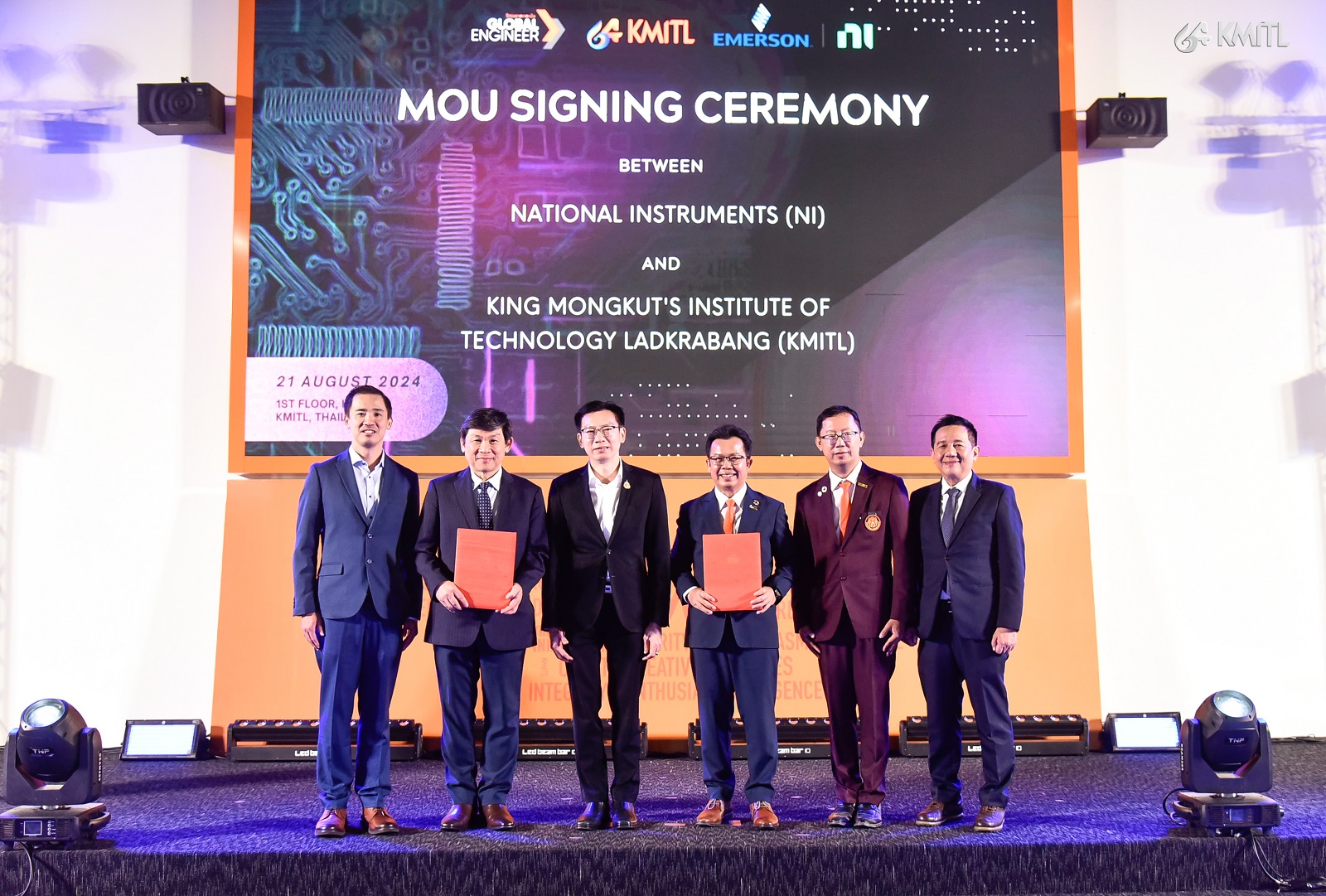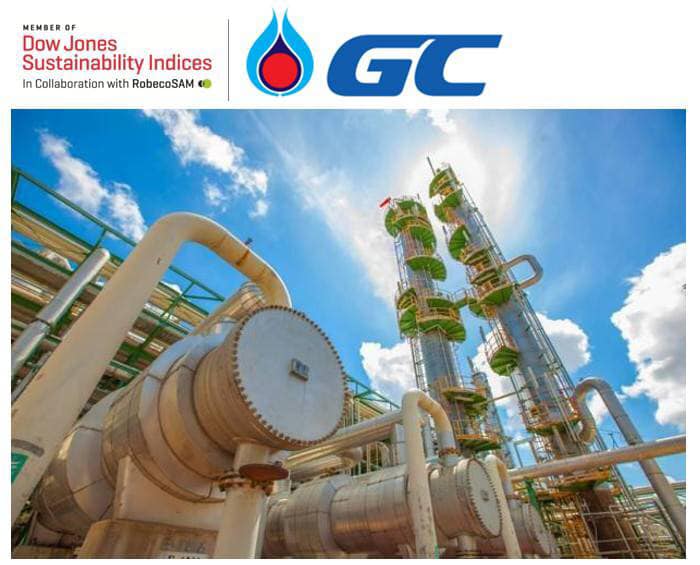- Details
- Category: พลังงาน
- Published: Tuesday, 11 July 2017 15:38
- Hits: 1768

ไอบีเอ็ม อินวิเดีย และสโตนริดจ์เทคโนโลยี ร่วมสร้างสถิติใหม่ด้านคอมพิวติ้งประสิทธิภาพสูงสำหรับอุตสาหกรรมน้ำมันและก๊าซพลังงาน
- ทำลายสถิติเดิมที่เคยประกาศไว้ โดยจำลองแหล่งขุดเจาะน้ำมันขนาด 1,000 ล้านเซลล์ ด้วยพลังงานเพียง 1 ใน 10 และพื้นที่เพียง 1 ใน 100 ของระบบเดิม
- ผลสำเร็จนี้ทำได้ในเวลาเพียง 92 นาทีโดยใช้ IBM POWER 60 โปรเซสเซอร์และตัวช่วยเร่งการประมวลผล 120 จีพียูเท่านั้น นับเป็นการทำลายสถิติเดิมที่เคยต้องใช้เวลาถึง 20 ชั่วโมงและใช้โปรเซสเซอร์หลายพันชุด
ไอบีเอ็มและสโตนริดจ์เทคโนโลยีประกาศหลักชัยสำคัญด้านประสิทธิภาพในการจำลองแหล่งขุดเจาะพลังงานที่ออกแบบมาเพื่อช่วยปรับปรุงประสิทธิภาพและลดค่าใช้จ่ายในการผลิต จากการทำงานร่วมกับอินวิเดีย บริษัทสามารถทำลายสถิติเดิมที่เคยทำไว้ โดยใช้พลังงานเพียง 1 ใน 10 และพื้นที่เพียง 1 ใน 100 ของระบบเดิม การ์ดจีพียูจากอินวิเดียช่วยจำลองโมเดลขนาด 1,000 ล้านเซลล์ได้ในเวลาเพียงเสี้ยวเดียวของที่เคยประกาศไว้ แต่ให้ผลการทำงานและประสิทธิภาพสูงกว่าถึง 10 เท่าเมื่อเทียบกับโค้ดซีพียูเดิม
ความสำเร็จก้าวสำคัญนี้ใช้ IBM POWER จำนวน 60 โปรเซสเซอร์และตัวช่วยเร่งการประมวลผล 120 จีพียู นับเป็นการทำลายสถิติเดิมของซูเปอร์คอมพิวเตอร์ที่เคยต้องใช้โปรเซสเซอร์ในการประมวลผลมากกว่า 700,000 โปรเซสเซอร์ ผลสำเร็จนี้ตั้งเป้าที่จะเปลี่ยนแปลงรูปแบบราคาและประสิทธิภาพในการทำงานของแอพพลิเคชันระบบคอมพิวติ้งสมรรถนะสูง (HPC) ที่มีความสำคัญอย่างยิ่งต่อการจำลองและสำรวจแหล่งขุดเจาะพลังงาน
บริษัทน้ำมันใช้การจำลองโมเดลแหล่งกักเก็บน้ำมันเพื่อพยากรณ์การไหลของน้ำมัน น้ำ และก๊าซธรรมชาติใต้พื้นโลก ก่อนที่จะขุดเจาะจริงเพื่อวิเคราะห์หาวิธีการที่จะสกัดน้ำมันได้อย่างมีประสิทธิภาพกว่าเดิม การจำลองแหล่งขุดเจาะน้ำมันขนาด 1,000 ล้านเซลล์นับเป็นความท้าทายอย่างยิ่ง เนื่องจากมีระดับรายละเอียดที่ต้องสำรวจสูงมาก สโตนริดจ์เทคโนโลยีซึ่งเป็นผู้ผลิตซอฟต์แวร์การจำลองแหล่งขุดเจาะน้ำมันปิโตรเลียม ECHELON สามารถจำลองแหล่งขุดเจาะน้ำมันขนาด 1,000 ล้านเซลล์ได้สำเร็จในเวลาเพียง 92 นาที โดยใช้เซิร์ฟเวอร์ IBM Power Systems S822LC สำหรับ HPC จำนวน 30 เครื่อง ซึ่งมี 60 POWER โปรเซสเซอร์ และตัวช่วยเร่งการประมวลผล NVIDIA® Tesla™ P100 จำนวน 120 จีพียูเท่านั้น
“การคำนวณครั้งนี้นับเป็นการสาธิตความสามารถด้านคอมพิวเตอร์และประสิทธิภาพของโซลูชันที่โดดเด่นที่จีพียูสามารถมอบให้ได้ ความรวดเร็วในการประมวลผลระดับนี้จะช่วยให้วิศวกรสามารถจำลองโมเดลและสถานการณ์ที่อาจเกิดขึ้น (What-if scenarios) ได้มากกว่าเดิม ส่งผลให้มีข้อมูลเชิงลึกเพื่อผลิตน้ำมันอย่างมีประสิทธิภาพมากขึ้น เปิดพื้นที่แหล่งขุดเจาะใหม่ๆ น้อยลงกว่าเดิม และใช้ทรัพยากรที่มีอยู่จำกัดอย่างมีความรับผิดชอบ” นายวินเซนต์ นาโตลี ประธานบริษัท
สโตนริดจ์เทคโนโลยี กล่าว “ด้วยการเพิ่มสมรรถนะด้านการคำนวณและประสิทธิภาพการทำงานให้สูงขึ้นมากกว่า 10 เท่า เรากำลังทำให้ HPC กลายเป็นระบบที่กลุ่มองค์กรด้านการจำลองแหล่งขุดเจาะพลังงานสามารถเข้าถึงและนำไปใช้ได้”
“การคำนวณครั้งสำคัญนี้แสดงถึงประโยชน์ของสถาปัตยกรรม IBM POWER ที่มีต่อปริมาณงานด้านค็อกนิทิฟและงานที่ต้องอาศัยข้อมูลเป็นสำคัญ” นายสุรฤทธิ์ วูวงศ์ รองกรรมการผู้จัดการ ธุรกิจระบบคอมพิวเตอร์สำหรับคลาวด์แพลตฟอร์ม บริษัท ไอบีเอ็ม ประเทศไทย จำกัด กล่าว “การใช้ซอฟต์แวร์ ECHELON บนเครื่อง IBM Power Systems ช่วยให้ผู้ใช้ทำงานได้ในระยะเวลาที่รวดเร็วขึ้นโดยใช้ฮาร์ดแวร์เพียงเสี้ยวเดียวของระบบซูเปอร์คอมพิวเตอร์เดิมที่ใช้มากกว่า 700,000 โปรเซสเซอร์ ซึ่งกินพื้นที่เกือบครึ่งหนึ่งของสนามฟุตบอล สโตนริดจ์ทำการคำนวณครั้งนี้บนเครื่อง IBM Power Systems ที่วางเรียงบน rack ขนาดเทียบเท่าพื้นที่เพียงครึ่งหนึ่งของโต๊ะปิงปอง”
“อุตสาหกรรมด้านพลังงานคือธุรกิจกลุ่มแรกๆ ที่ใช้งานจีพียูเพื่อการจำลองแบบเชิงตัวเลข โดยใช้เพื่อเร่งความเร็วในการประมวลผลคลื่นสั่นสะเทือนสำหรับค้นหาแหล่งพลังงาน” นายมาร์ค แฮมิลตัน รองประธานบริษัท ฝ่ายสถาปัตยกรรมและวิศวกรรมโซลูชันของอินวิเดีย กล่าว “ปัจจุบัน จีพียูกำลังสร้างศักยภาพอันทรงพลังให้แก่การจำลองแหล่งขุดเจาะน้ำมัน และเราคาดหวังที่จะผลักดันความพยายาม ในการใช้งานจีพียูสำหรับเวิร์คโฟลว์อื่นๆ ที่เน้นการคำนวณด้านคอมพิวเตอร์ในภาคอุตสาหกรรมน้ำมันและก๊าซพลังงานต่อไป”
ความก้าวหน้าครั้งสำคัญนี้แสดงถึงความสามารถของ IBM Power Systems ร่วมกับจีพียูของอินวีเดียในการสร้างความสำเร็จแบบก้าวกระโดดในด้านประสิทธิภาพที่คล้ายคลึงกันในสาขาอื่นๆ เช่น พลศาสตร์ของไหลเชิงคำนวณ กลศาสตร์โครงสร้าง การทำแบบจำลองสภาพภูมิอากาศ และสาขาอื่นๆ ที่จำเป็นอย่างยิ่งต่อการใช้งานในภาคการผลิตและวิทยาศาสตร์
IBM, NVIDIA, Stone Ridge Technology Set Record in High Performance Computing in Oil & Gas
- Billion-cell simulation shatters previous published results using one-tenth the power and 1/100th of the space
- Results achieved in 92 minutes with 60 IBM POWER processors and 120 GPU accelerators, smash previous published record of 20 hours using thousands of processors
IBM (NYSE: IBM) and Stone Ridge Technology today announced a performance milestone in reservoir simulation designed to help improve efficiency and lower the cost of production. Working with NVIDIA, the companies shattered previous published results using one-tenth the power and 1/100th of the space. The news demonstrates the ability of NVIDIA GPUs to simulate one billion cell models in a fraction of the published time, while delivering 10x the performance and efficiency than legacy CPU codes.
The breakthrough achievement used 60 Power processors and 120 GPU accelerators shattering the previous supercomputer record which used over a 700,000 processors. The results aim to transform the price and performance for business critical High Performance Computing (HPC) applications for simulation and exploration.
Energy companies use reservoir modeling to predict the flow of oil, water and natural gas in the subsurface of the earth before they drill to figure out how to more efficiently extract the most oil. A billion-cell simulation is extremely challenging due to the level of detail it seeks to provide. Stone Ridge Technology, maker of the ECHELON petroleum reservoir simulation software, completed the billion-cell reservoir simulation in 92 minutes using 30 IBM Power Systems S822LC for HPC servers equipped with 60 POWER processors and 120 NVIDIA® Tesla™ P100 GPU accelerators.
“This calculation is a very salient demonstration of the computational capability and density of solution that GPUs offer. That speed lets reservoir engineers run more models and ‘what-if’ scenarios than previously so they can have insights to produce oil more efficiently, open up fewer new fields and make responsible use of limited resources” said Vincent Natoli, President of Stone Ridge Technology. “By increasing compute performance and efficiency by more than an order of magnitude, we’re democratizing HPC for the reservoir simulation community.”
“This milestone calculation illuminates the advantages of the IBM POWER architecture for data intensive and cognitive workloads.” said Surarit Wuwong, Country Manager, Systems for Cloud Platforms, IBM Thailand Co., Ltd. “By running ECHELON on IBM Power Systems, users can achieve faster run-times using a fraction of the hardware. The previous record used more than 700,000 processors in a supercomputer installation that occupies nearly half a football field. Stone Ridge did this calculation on two racks of IBM Power Systems machines that could fit in the space of half a ping-pong table.”
“The energy industry was among the first to adopt GPUs for numerical modeling, using them to accelerate seismic processing,” said Marc Hamilton, Vice President of Solutions Architecture and Engineering at NVIDIA. “They are now making a powerful impact on reservoir simulation, and we expect this to drive further efforts to utilize GPUs for other computationally intense workflows in the oil and gas sector.”
This latest breakthrough showcases the ability of IBM Power Systems with NVIDIA GPUs to achieve similar performance leaps in other fields such as computational fluid dynamics, structural mechanics, climate modeling and others that are critically used throughout the manufacturing and scientific community.




































































